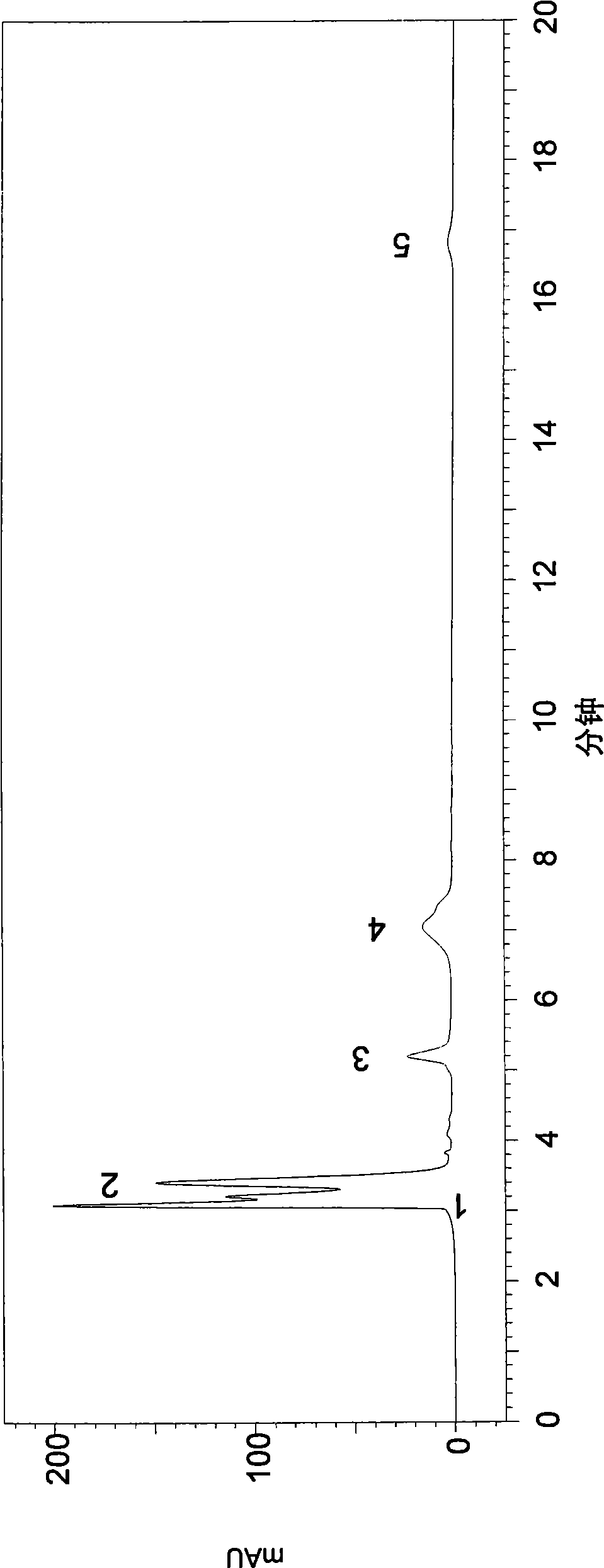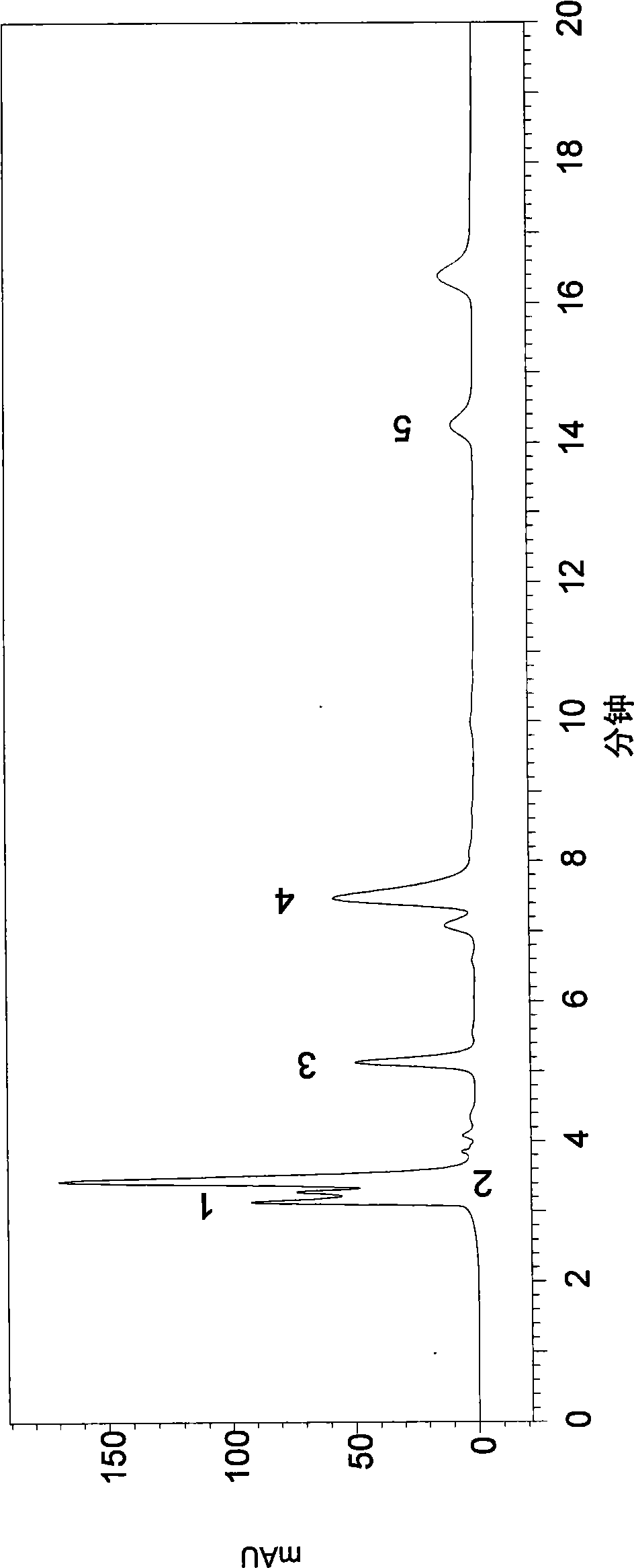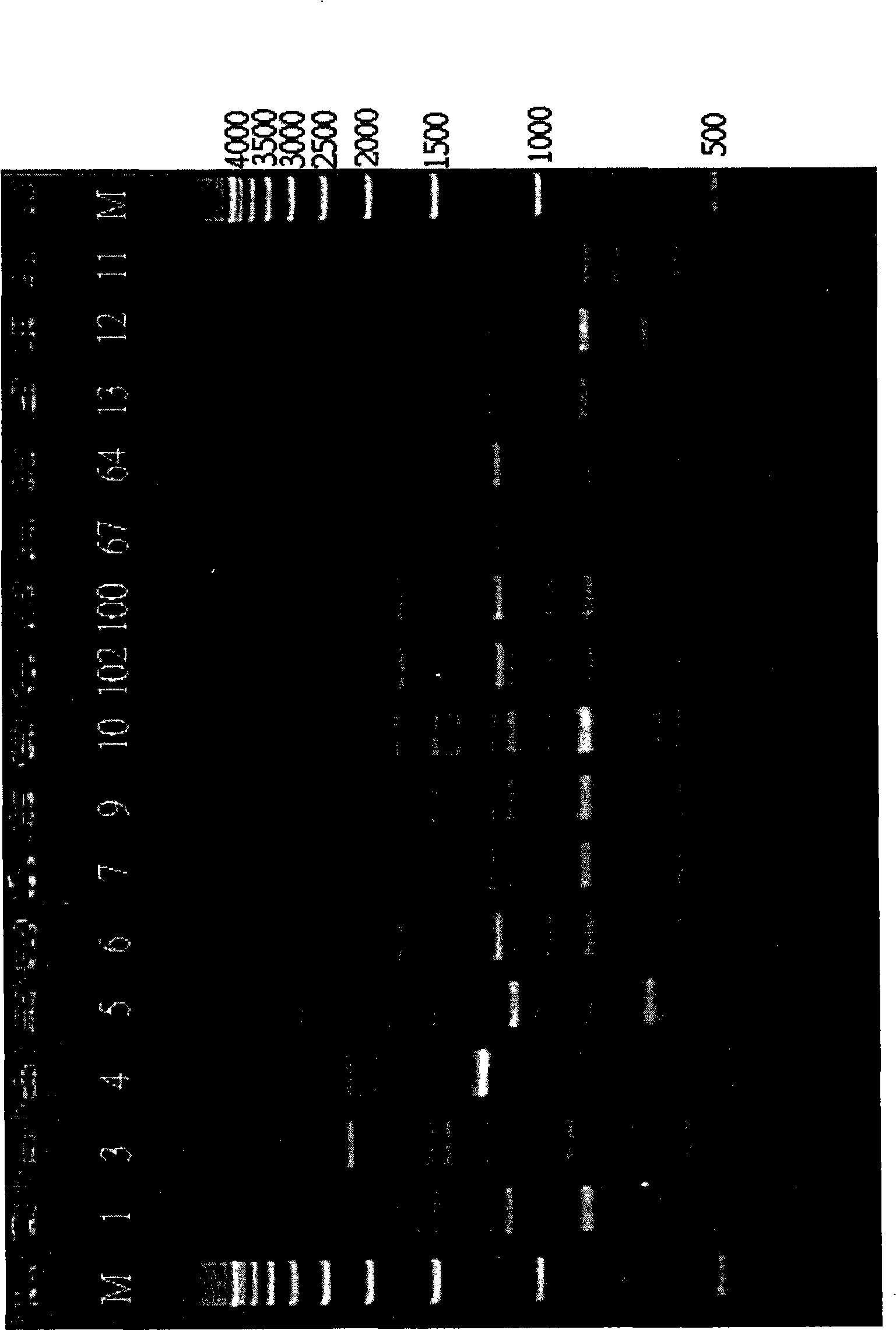Method for treating diabetic vascular complications
A technology for diabetic blood vessels and complications, applied in the preparation of drugs for the treatment of diabetic blood vessel complications, and the field of extracts of Dioscorea species for treating diabetic blood vessel complications
- Summary
- Abstract
- Description
- Claims
- Application Information
AI Technical Summary
Problems solved by technology
Method used
Image
Examples
Embodiment 1
[0047] Example 1: Preparation of crude extract (PH) of Dioscorea species
[0048] Peeled tubers of Dioscorea sp. were immersed in an alcohol-based solution in the presence of 1% acetic acid. After stirring, the mixture solution was left standing overnight. The soluble fraction obtained by this process was lyophilized to obtain a crude extract of Dioscorea sp. (PH).
[0049] Specifically, 1.4 kg of peeled tubers of Dioscorea sp. were cut into small pieces and immersed in a 1% acetic acid solution. The pellet was soaked in the acetic acid solution overnight and the supernatant was removed. The pellets were lyophilized prior to extraction.
[0050] The lyophilized pieces are milled and mixed with about 30% to about 90% methanol (eg, about 40% methanol) as about 1.5 L to about 2.5 L of solvent in the presence of about 1% acetic acid solution. The mixture was left overnight and filtered by vacuum filtration to obtain a filtrate. The filtrate was then lyophilized to obtain a cr...
Embodiment 2
[0052] Example 2: Analysis of crude extracts (PH) of Dioscorea species
[0053] The crude extract obtained in Example 1 (including methanol and ethanol extract) was used with two pumps (LC-10AT), a SPD-10A programmable adjustable wavelength UV / Vis photodiode array detector, a SCL-10A System controller and a Shimadzu HPLC system equipped with a C-18 column (Supelcosil, 250mm x 4.6mm, and with 5 μm packing; Supelco, Bellefonte, USA) with a guard column (35mm x 4.6mm, and with 5 μm packing; Supelco) (Class VP series with Class VP version 6.12 software; Shimadzu, Kyoto, Japan) Analysis was performed by HPLC.
[0054] HPLC samples (10 mg / mL) at pH were prepared in 20 μL aliquots using a mobile phase containing 88% water (mobile phase A) and 12% methanol (mobile phase B) and loaded to min equilibrated columns. All organic solvents were HPLC grade and were filtered with 0.22 μm filter and degassed before use. The total run time of the HPLC method was set at 20 min. Elution profil...
Embodiment 3
[0058] Embodiment 3: the preparation of the mouse feed that contains crude extract (PH)
[0059] Purina Chow 5001 (a commercially available mouse chow) was ground into a powder. The lyophilized crude extract PH was added to the milled feed in an amount replacing the same amount of said milled feed to form a feed mixture. The feed mixture was uniformly mixed with distilled water, reshaped by extrusion, baked in a microwave oven with appropriate power for 2 min, and frozen at -70°C after cooling to room temperature. After lyophilization, the feed blend was made into pellets very similar to the original Purina Chow feed. The pellets were stored in a -20°C freezer. On the day of feeding, the pellets were warmed to room temperature and sterilized on a sterile bench by irradiation with UV lamps. Feed mixes were prepared with different concentrations of crude extract.
PUM
| Property | Measurement | Unit |
|---|---|---|
| thickness | aaaaa | aaaaa |
Abstract
Description
Claims
Application Information
 Login to View More
Login to View More - R&D
- Intellectual Property
- Life Sciences
- Materials
- Tech Scout
- Unparalleled Data Quality
- Higher Quality Content
- 60% Fewer Hallucinations
Browse by: Latest US Patents, China's latest patents, Technical Efficacy Thesaurus, Application Domain, Technology Topic, Popular Technical Reports.
© 2025 PatSnap. All rights reserved.Legal|Privacy policy|Modern Slavery Act Transparency Statement|Sitemap|About US| Contact US: help@patsnap.com



